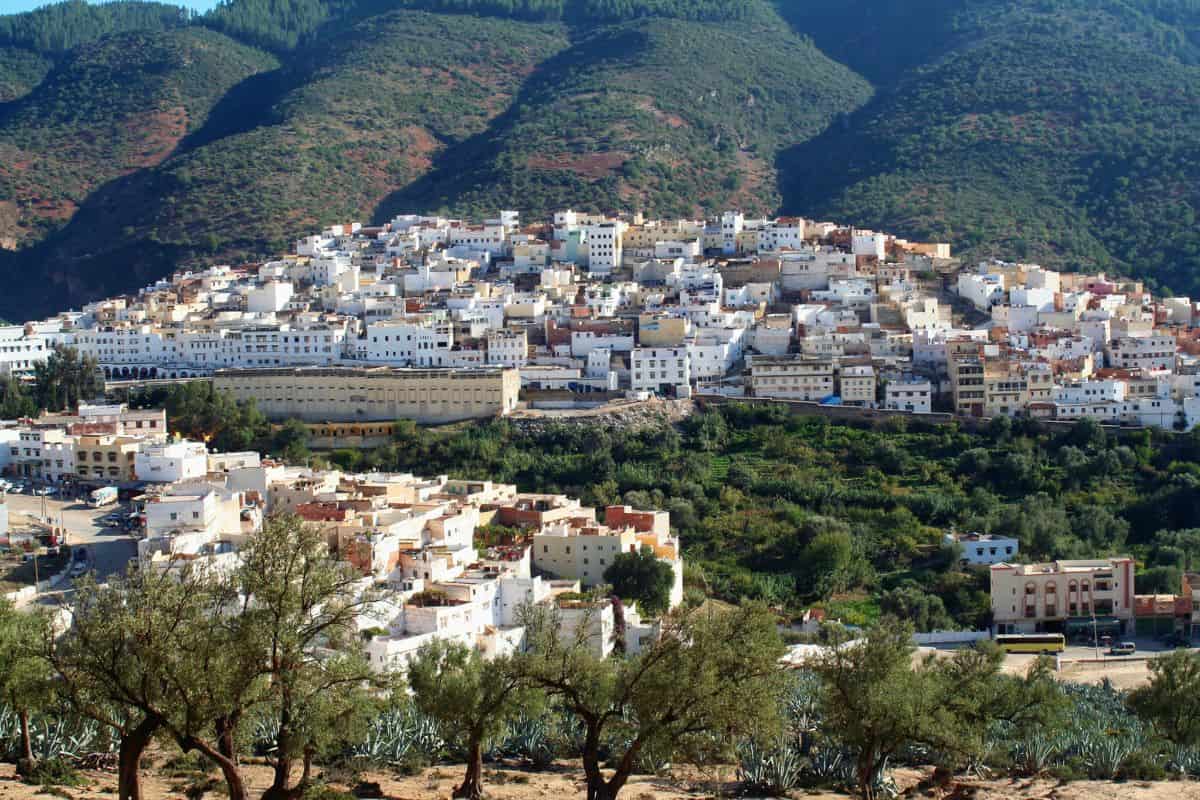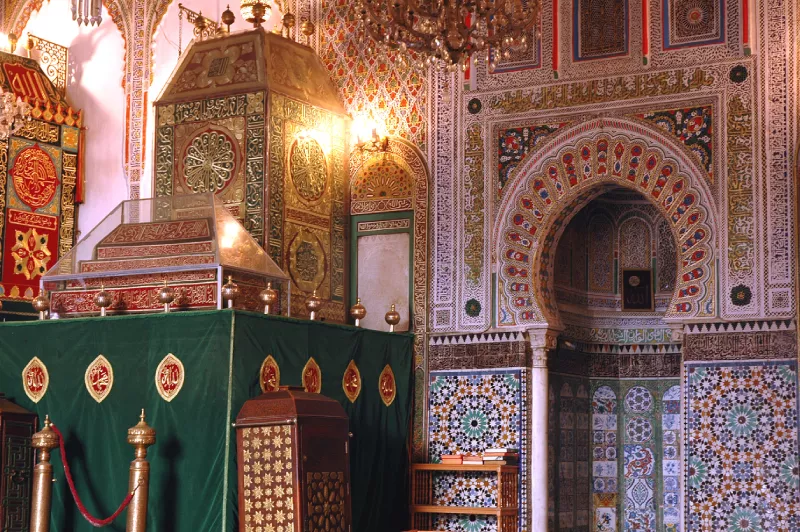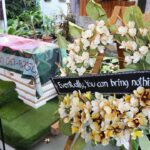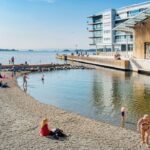A Colourful Escape Beyond Chefchaouen
While Chefchaouen attracts global attention with its iconic blue streets, the nearby town of Moulay Idriss remains a lesser-known but equally vibrant gem. Nestled at the base of Jebel Zerhoune in Morocco’s Rif Mountains, Moulay Idriss is a sacred pilgrimage site, rich in history, spirituality, and colourful tradition.

Historically closed to outsiders, this town’s serene streets and slow pace offer a rare glimpse into authentic Moroccan life far from tourist crowds. As tour guide Imad El-Meloudi shares, “If you visit Moulay Idriss five times, it’s considered the same as visiting Mecca.”
Birthplace of Morocco’s First Islamic Dynasty
In 786 CE, Idris I – great-grandson of Prophet Muhammad – settled in the nearby Roman ruins of Volubilis. After his death, a devout Muslim community built Moulay Idriss around his burial site, transforming it into Morocco’s holiest town.
Today, the Volubilis ruins stand as a testament to the region’s rich history, with ancient columns, detailed mosaics, and remnants of Roman public baths surrounded by vibrant wildflowers and olive groves.
The Heart of Spiritual Morocco
For centuries, Moulay Idriss remained closed to non-Muslims, only opening fully in 2005 under King Mohammed VI. Though visitors can now explore much of the town, access to Idris I’s mausoleum and mosque remains exclusive to Muslims. Through arched pathways, glimpses of the mosque’s white marble floors and prayer halls remind visitors of its spiritual significance.
La Grande Terrace and the Iconic Round Minaret
One of Moulay Idriss’s most distinctive features is the round minaret of the Al-Santisi Mosque – the only cylindrical minaret in Morocco. Built in 1939, its green and white exterior adorned with Kufic-scripted Quranic verses distinguishes it from North Africa’s typical square minarets.

A Watercolour Town of Choice and Tradition
Unlike Chefchaouen’s uniform blue, Moulay Idriss’s pastel facades reflect the personal choices of its residents. Shades of mint, lemon, rose, and emerald line the narrow alleyways, blending into a living watercolour painting. The town’s dominant green and white hues pay homage to Islamic symbolism – green for Paradise, white for purity.
Respected Creatures of the Streets
As you wander, countless cats lounge and play throughout the colourful streets – a reflection of Islamic reverence for cats, considered pure and ritually clean in Muslim teachings.
Donkeys, Daily Life and Timeless Traditions
Donkeys remain essential to daily life in Moulay Idriss, assisting residents with transportation, especially up steep hills, and supporting the olive harvest. Unlike tourist destinations like Fes or Marrakech, donkeys here continue to serve practical, traditional roles.
Evening in the Main Square
As evening falls, the town gathers in the main square. Locals sip mint tea under jacaranda trees, children play football, and women decorate each other’s hands and feet with henna. Vendors sell seasonal fruits and grill fresh kefta and corn, offering visitors a genuine taste of Moroccan hospitality.
Sunset Serenity Over the Hills

At dusk, a short hike outside town offers panoramic views of Moulay Idriss glowing under a fiery sunset sky. The colourful buildings spill across two rocky hills, surrounded by lush fields dotted with sheep and olive trees.
An Invitation to Slow Travel
In a world increasingly shaped by curated tourist experiences, Moulay Idriss remains refreshingly authentic. As El-Meloudi puts it, “If you knock on someone’s door, they’ll invite you in for tea.” This ancient town invites visitors to embrace mindful, slow travel, soaking in its rich history, sacred traditions, and vibrant colours at a gentle pace.
Explore More Travel Destinations









